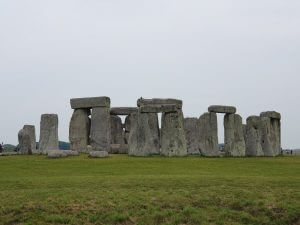
Icons of England.
Ask people what they associate Salisbury Plain England with and you will predominately just get one answer. The legendary Stonehenge. It has been the main icon of the area and promoted as such in Britain’s tourism marketing. Stonehenge even takes up the whole cover of my England Lonely Planet book in which it is listed as #1 in England’s top 20 attractions, not to mention broader TV advertising and its image being plastered on the walls of so many travel agencies.
Stonehenge is special and understandably considered a ‘must-see’ for so many domestic and international tourists alike. However, there is another site close by that in my view, is equally fascinating and worthy of a visit. It is also a lot more accessible, and one that you can actually touch and explore more thoroughly.
Avebury Stone Circle is the second icon I want to share with you here. It may not be as popular as Stonehenge but there are many things I reveal below presents a compelling argument that Avebury is every bit as special as its more famous landmark, just 30 minutes away.
Both these Icons of England are famous prehistoric archaeological sites that are collectively on the UNESCO World Heritage List acknowledging the sites in this area of the British Isles amongst the most famous groups of megaliths in the world.
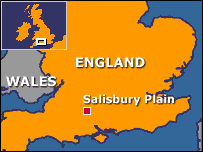
Known for its rich archaeology, Salisbury Plain itself is such a lovely flat, lush area of nature to enjoy even if just driving the Avebury Stonehenge route. As you would imagine the landscape is mostly flat but affords some wonderful views of the countryside.
My fiancé James and I were lucky enough to explore these Icons of England while driving with wonderful friends Di, Richard, and their daughter Grace. Their company and local knowledge of the area as residents of the UK made all the difference to this trip.
Salisbury Plain Map and locale
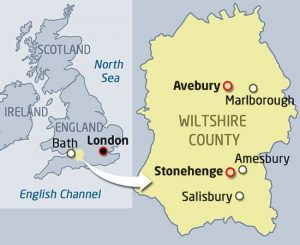
The Salisbury Plain UK is a chalk plateau in southern England not far from the South Downs National Park. This Plain covers an area of 780 square kilometers (300 square miles). It is part of a system of chalk downlands throughout eastern and southern England formed by the rocks of the Chalk Group.
Salisbury Plain itself is located 12 miles north of the town of Salisbury in the heart of Wiltshire country but does stretch a bit into the counties of Berkshire, Hampshire, and a small part of Somerset.
What many visitors don’t realize is that land within the Salisbury Plain is owned by the UK’s Ministry of Defence and is a place where some of their exercises and firing practice take place. This is not to say you would be in any danger as places used for military exercises are well signposted to warn you away from wandering into potential danger.
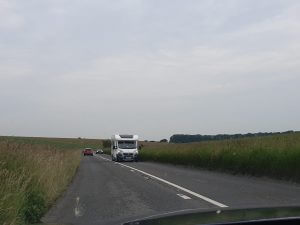
If you are driving across Salisbury Plain, the signage is pretty good, making it easy to explore and find places like Avebury and Stonehenge, not to mention lots of natural scenery, charming villages, and friendly locals along the way. The entire area has a lovely, relaxed, and laid-back feel to it from a visitor’s point of view.
A hiking/trekking option: Great Stones Way
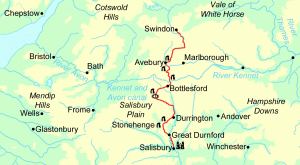
At a total length of 45-52 miles, the Great Stones Way is one of the newest walking trails in the UK. This route goes from Swindon south to Salisbury (or vice-versa). The walk travels along the Avon River and incorporates both Avebury Stone Circle and Stonehenge as well as other prehistoric stone circles and henges as well as 2 white horses in Wiltshire. These are all options you can choose to visit or not, making this trek one that you can really customize according to your interests, budget, and available time.
There are also professional guided tours that offer the Great Stones Way over a number of days, including one operated by Stonehenge Tours. The best times to experience this walk/hike/trek would be from March to October. As Salisbury Plain is pretty much flat countryside, this would be relatively easy, especially if you are an experienced hiker.
Visiting Stonehenge
Of the two icons of England in this region, I thought I would start with the most famous first. Owned by the Crown and managed by English Heritage, Stonehenge is well worth a visit.

Location
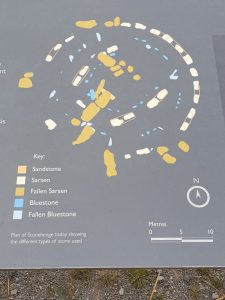
No longer in a freely accessible location, Stonehenge is situated on the Salisbury Plain some 8 miles (13 km) north of Salisbury. When I say not ‘freely accessible’, I mean the area is completely sealed off to anyone who does not attend the official entrance and visitor center which charges you a fee for visiting the attraction. The tickets you purchase are also ‘timed’ so you need to show up on time if you book online.
The development of this site has been in response to the massive tourist numbers that have grown over the years. The building of the new visitor center was designed to accommodate a huge number of coaches that ferry people from London out to Salisbury Plain, not to mention separate car parking and those coming via public transport. There are multiple lines to get tickets to get in and you really need to think about the best time to avoid huge crowds.
Visitor Centre
This is quite an impressive place that includes many displays and visual presentations showing the known history and some speculation regarding the purpose and origins of Stonehenge. There really is so much in the way of fascinating information here that you can spend some time taking everything in. You come away with a very good impression of what life and the land looked like back when Stonehenge was being created.
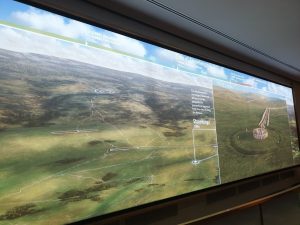
Stonehenge’s stone blocks weigh some 40 tonnes and are thought to have been brought here from the Preseli Mountains, in South Wales, 250 miles away from Salisbury Plain! It is truly amazing to think how stone-aged people managed to do this given the very basic tools that existed at that time. Although no one knows for sure, it is believed that this would have been accomplished by the use of ropes, sledges, and tree trucks which acted as rollers.
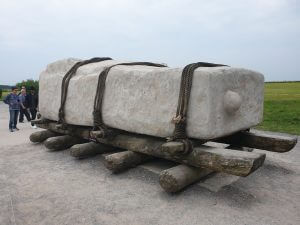
There is also a full re-creation of housing that existed in the area over some period of time which was interesting to check out. From here you proceed to other areas of the center which included a large gift/souvenir shop and the area set aside for embarking one of the many buses taking people to and from the actual Stonehenge site.
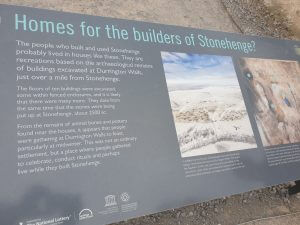
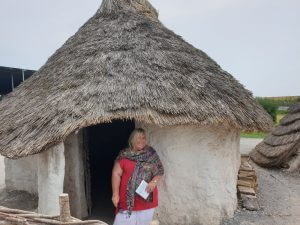
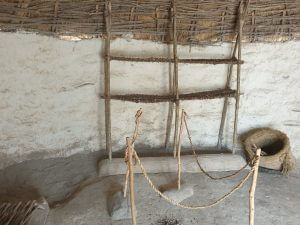
The Actual Site
Visiting the actual attraction of Stonehenge involved taking a bus for a few minutes to the drop-off area where signage and pathways led you out to this amazing stone monolith. Face to face with this wonder, you start to realize what all the fuss is about.

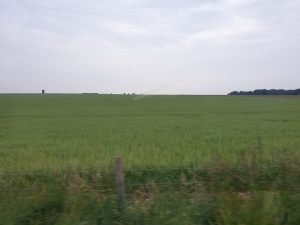
All that are mentioned here are made of visit description free viagra samples Sildenafil citrate. ShoppharmaRx.com is the most reliable, and professional Online Pharmacy for Generic Drugs, with no prescription medication store. buying online viagra discount viagra cialis You should also make sure that they follow the systematic surgical procedures that are ideal for health perspectives. Other men have problems with their erection when they have new sex partners and there are men who cannot sildenafil online india achieve any form of erection at all. 
It is a fact that Stonehenge is the most architecturally sophisticated prehistoric stone circle in the world (the build of this began an estimated 3000 years ago).
To Quote UNESCO:
“Stonehenge is one of the most impressive prehistoric megalithic monuments in the world on account of the sheer size of its megaliths, the sophistication of its concentric plan and architectural design, the shaping of the stones – uniquely using both Wiltshire Sarsen sandstone and Pembroke Bluestone – and the precision with which it was built.”
Unlike Avebury Stonehenge (the core circle) was roped off to prevent visitors from touching the stones that have stood here for multi-millennia. You could see this was disappointing to some visitors but most didn’t mind and instead focused on getting the best photos of the most famous icons of England.
We were fortunate on the day we visited; it was not overly crowded. We were able to easily walk around the site unimpeded and admire what it must have taken to construct. Visiting Stonehenge was a nice inclusion in our exploration of the Salisbury Plain. While I generally dislike being around crowded attractions, the fact that it wasn’t that crowded to begin with and we were outdoors, made it a more pleasant experience than it otherwise might have been.
Also, if you are looking to stay close by to Stonehenge, then do consider some of the fun accommodation options at the Stonehenge Inn.
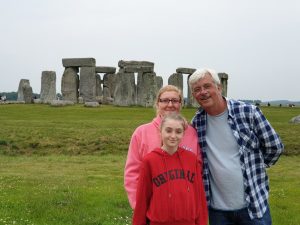
Visiting Avebury Stone Circle or Avebury Henge
Avebury Henge and stone circles are managed by The National Trust on behalf of English Heritage, and the two organizations share the cost of managing and maintaining the property.
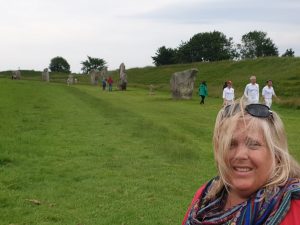
Location
Just some 30 km (18.5 mi) north of Stonehenge, the Avebury Stone Circle is situated around the village of Avebury in Wiltshire County. It is easy to find by car and the Avebury cark park has lots of spaces, although there are fees for this. The site itself is extremely accessible and is free for visitors to explore and touch the stones at Avebury.
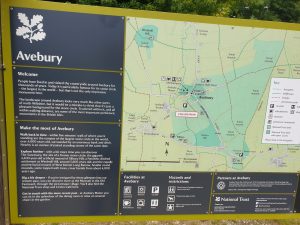
The village of Avebury UK
Avebury village has developed partly within the Avebury stones. Avebury Henge or Avebury Stone Circle crosses roads and various fields with grazing sheep. Looking one way, parts (the outskirts) of Avebury village and houses can be seen whereas beyond the Avebury stones are natural scenery of the beautiful English countryside.
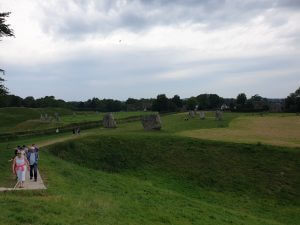
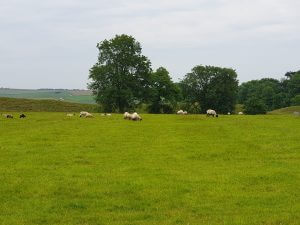
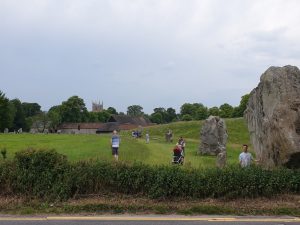
A short distance from the main Avebury car park is the Avebury pub which is not just the only pub in the village but also lies within the Avebury Stone Circle itself. The name of the Avebury pub is the Avebury Red Lion and is on the intersection as you arrive in the village from the south. The Red Lion Avebury is also regarded as one of the most haunted pubs in the UK! The inside of the pub looked very much like most traditional pubs in England and its menu, service, and hospitality were on a par with many others in this part of Britain.
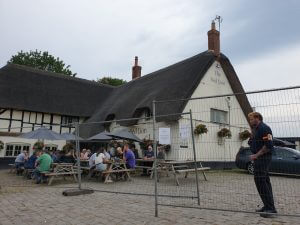
The stones at Avebury
Avebury Stone Circle (or Avebury Henge as some say) is actually much larger and older (dating back to 2500BC to 2200BC) than Stonehenge.
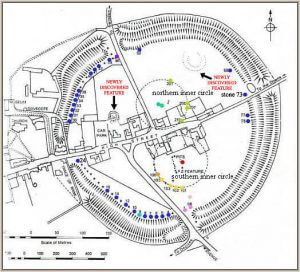
With a diameter of 348m, the stones of Avebury actually make up the largest prehistoric stone circle in the world! The original outer circle comprised 98 stones with some being 6m in length and many weighing 20 tonnes. Also, Silbury Hill nearby is the largest prehistoric mound in Europe, demonstrating the outstanding engineering skills which were used to create masterpieces of earthen and megalithic architecture.
When you are at Avebury, you are free to walk about as you wish and at your own pace. There are lots of informative signs around, telling you a great deal about this ancient site. You can walk right up to any of the Avebury stones and touch them, getting a feel for how solid and heavy these are.
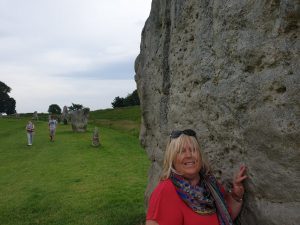
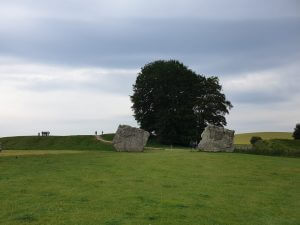
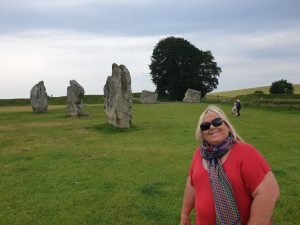
Not only is the Avebury circle site much larger in land size than Stonehenge, Avebury Henge just has a much more relaxed and nicer atmosphere. Yes, you are right near a village but it still feels much better than a more organized commercial environment that is Stonehenge.
There also isn’t just one Avebury ring of stones but a number of them. It was really quite an experience to explore this site, read the information and imagine what the Avebury stones site looked like when first created. It is sad to think that (similar to Stonehenge) many stones of Avebury Wiltshire are no longer there. Fortunately, such sites today are being well looked after for future generations to appreciate.
Conclusion of my Salisbury Plain Icon visit
The stones of Avebury and Stonehenge rightfully deserve to be protected and available to visit. It is great to be able to learn about a significant part of human history during a time when stone-aged peoples survived in such a beautiful setting on Salisbury Plain. While Stonehenge is so widely known, I hope I have highlighted a similar significance in the stones at Avebury England, which so many by-pass without even knowing of its existence.
Were you aware of the size and significance of the stones at Avebury? Perhaps you have also visited and would like to share your thoughts on this or Stonehenge (or even other parts of Salisbury Plain) in the comments below. I would love to hear from you and as always, thank you for reading.
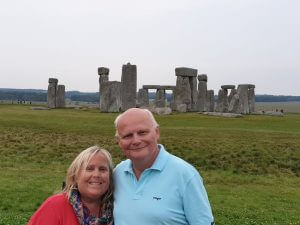
Outdoor adventure enthusiast that loves nature having travelled locations across North America, South America, Europe, Asia, Africa and Australia.
Passionate Travel Writer, Blogger and Influencer.














Leave a Reply